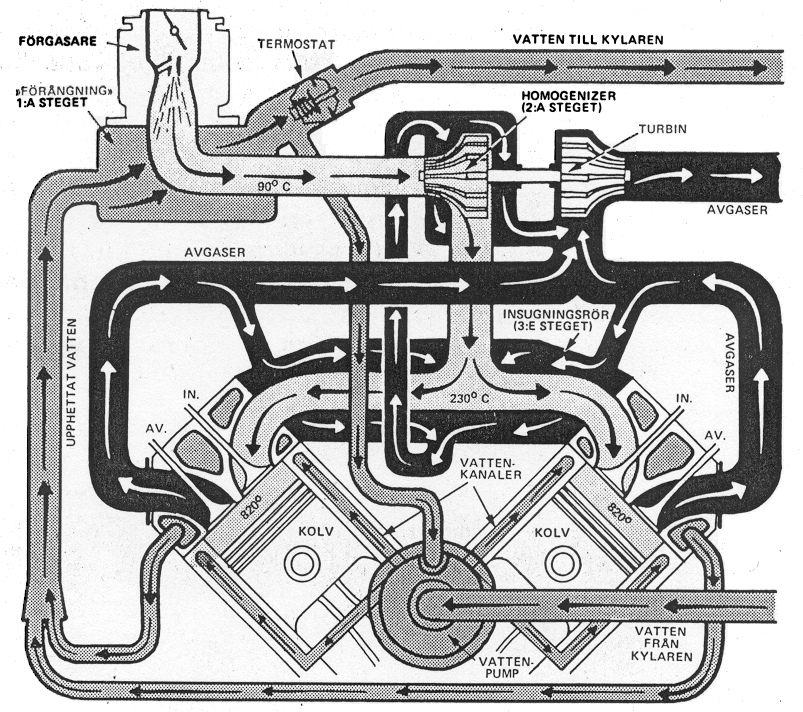The radiator that I am currently running is set up to also function as a tranny cooler. Because I have a manual tranny I have no need for this function. Would there be any fuel economy benefit to running the fuel through this core in the radiator?
The vehicle is a 1996 Dodge Neon
198K Miles
The vehicle is a 1996 Dodge Neon
198K Miles


